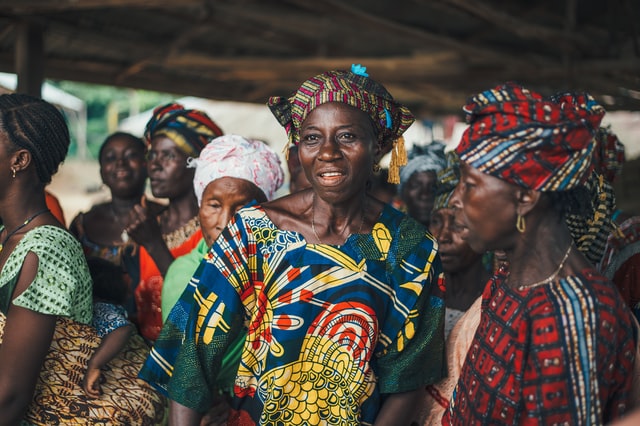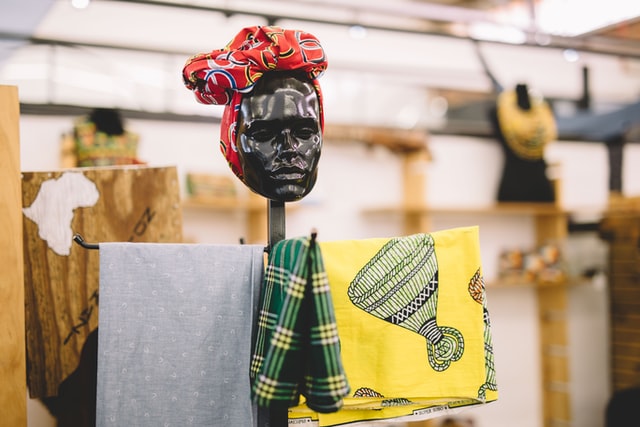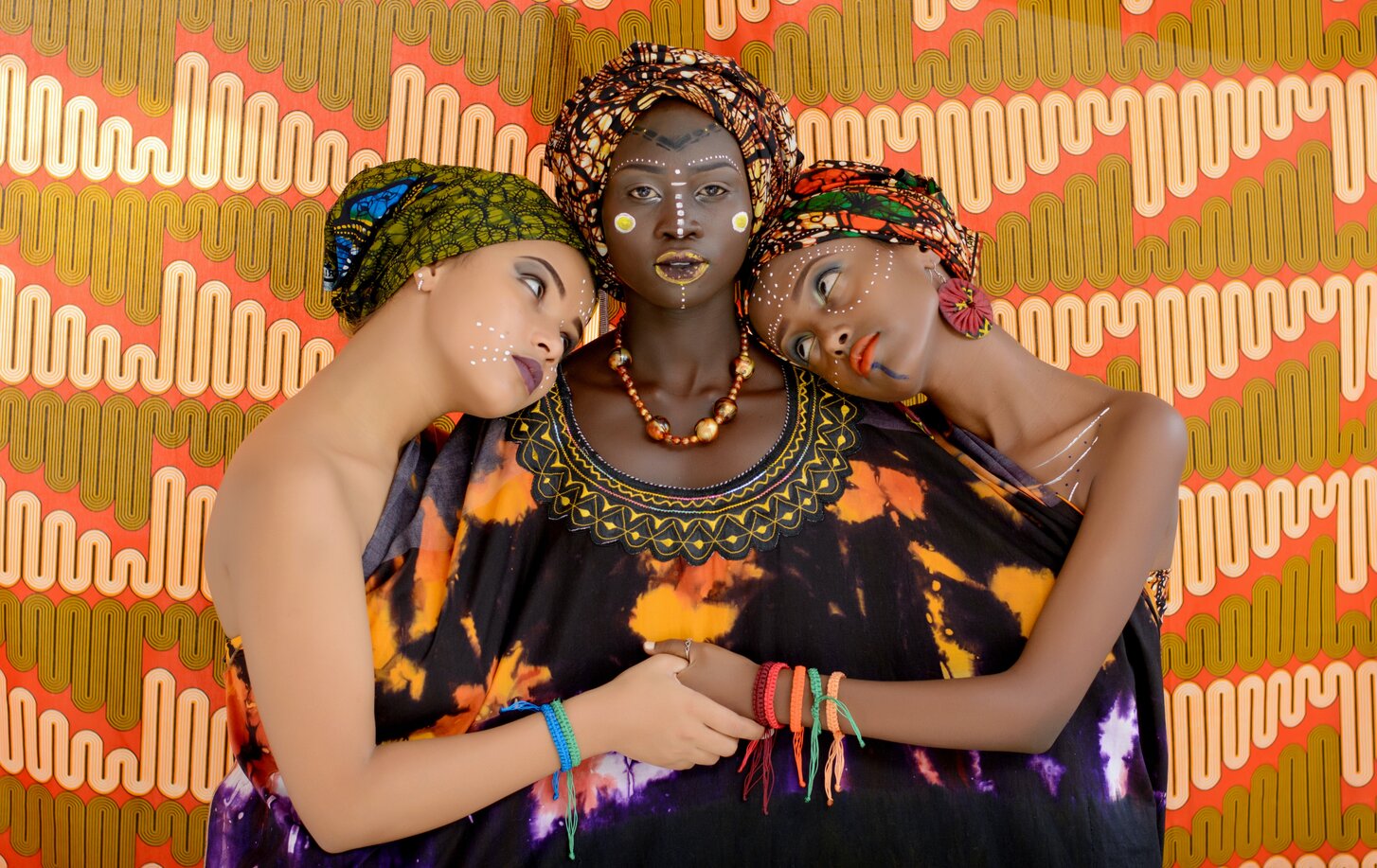
5 Popular African Fabrics and What They Mean for Culture
If you follow black women’s fashion trends, you’re familiar with African prints—those bold, beautiful designs that give women’s clothing a decidedly Afrocentric vibe. Executed in bright, eye-catching colours or high-contrast black and white, they’re sometimes referred to as “ethnic prints” or “tribal prints.”
But just as there are multiple African cultures, there are multiple types of African prints. Here are just some of them by name, along with their history and significance.
1) Ekente
Ekente is a type of textile produced in Nigeria and then sold all over the world. It’s a favourite among the Yoruba people, and it’s achieved international fame because of its intricate patterns, vibrant colours, and—most notably—its left-right symmetry.
According to textile experts, the left-right symmetry can be traced back to the Yoruba people’s social structure. Women are typically divided into groups of three, representing the Earth, the Moon, and the Sun, and the fabrics are a tribute to this tradition.
2) Ankara Print
Ankara is one of the most popular fabrics among African-Americans for its vibrant, eye-catching patterns. It’s produced in Uganda, but it’s also used throughout the continent.
The fabric comes in various textures, from plain cloth to tie-dye and printed versions. Designs are diverse and can be highly customized, depending on the buyer’s preferences.
3) Dashiki
The dashiki is probably the most recognizable African fabric in the Western world, and with good reason—it’s one of the most unique in appearance. A loose-fitting top, it features a large, patterned panel in the centre.
The dashiki has gained popularity among African-Americans in recent years, and the fabric is frequently worn by celebrities during red carpet appearances and other formal events.
4) Animal Prints
Animal prints are also a popular motif among African fabrics. Like Ankara cloth, they come in various textures and colours. And they can feature just about any animal you can think of—tigers, leopards, hyenas, warthogs, giraffes, and more.
5) Mudcloth
Mudcloth is a type of textile made from mud, and it’s commonly used for interior decoration. According to Design Boom, the process of creating Mudcloth actually began in ancient Egypt, where the mud was used to make the city of Thebes more resistant to floods.
Over time, Mudcloth evolved into a form of art. It can be used to decorate homes, churches, and public spaces, usually in monochrome and often with traditional geometric designs.
How History Is Rooted in African Fashion
These five African fabrics and their significance to African culture speak of its rich history, as well as its deep-seated cultural contributions.
While these prints have been exported around the world, they make it clear that African culture is rich, profound, and deep-seated. The fabrics are beautiful, expansive, and telling.
And they look great on everyone!
Clothing and Culture
What you wear affects your mindset, your emotions, and your actions. That’s why when you want to attract good energy into your life, you want to wear clothing that brings you joy and happiness.
Find beautiful African clothing for women at Nkiti African Clothing. We are a UK-based clothing shop that offers authentic African-style clothes. Check out our online store today!




Leave a comment
This site is protected by hCaptcha and the hCaptcha Privacy Policy and Terms of Service apply.